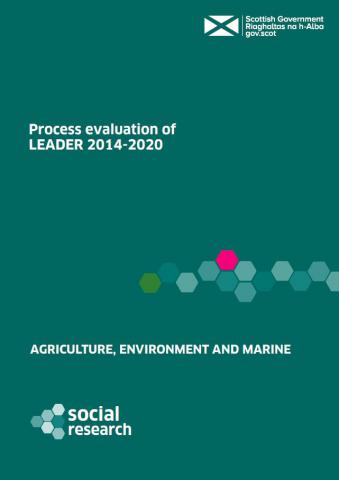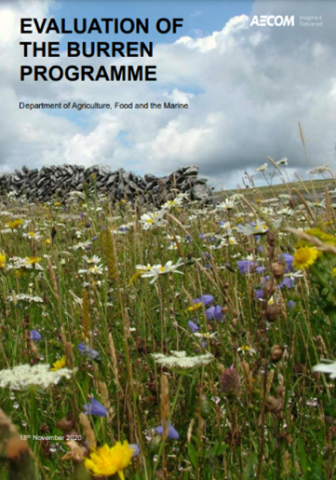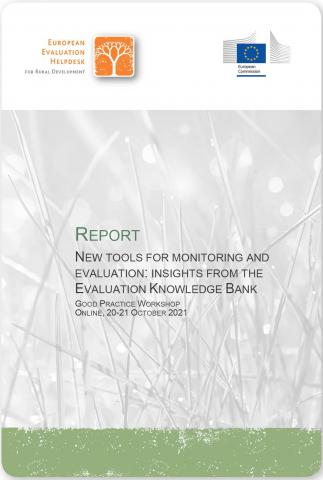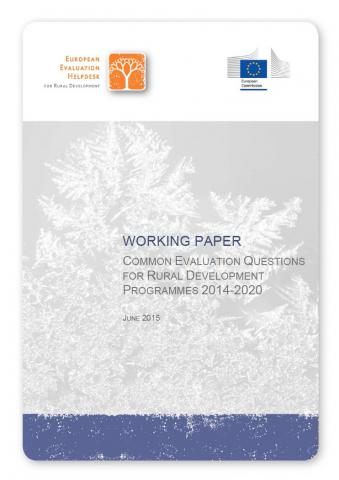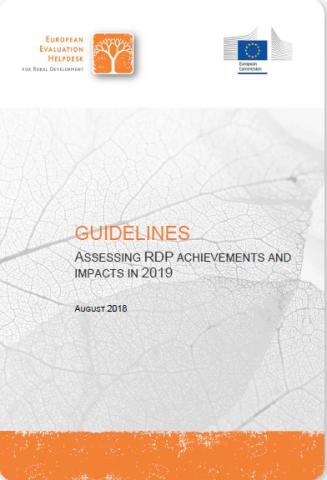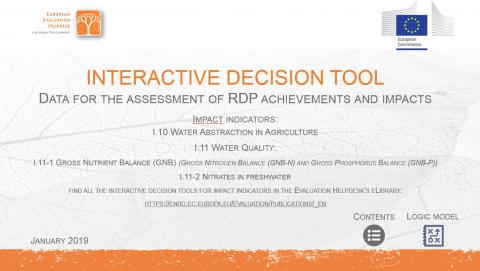
This interactive decision tool is for impact indicators:
I.10 Water Abstraction in Agriculture
I.11 Water Quality:
I.11-1 Gross Nutrient Balance (GNB) (Gross Nitrogen Balance (GNB-N) and Gross Phosphorus Balance (GNB-P))
I.11-2 Nitrates in freshwater

